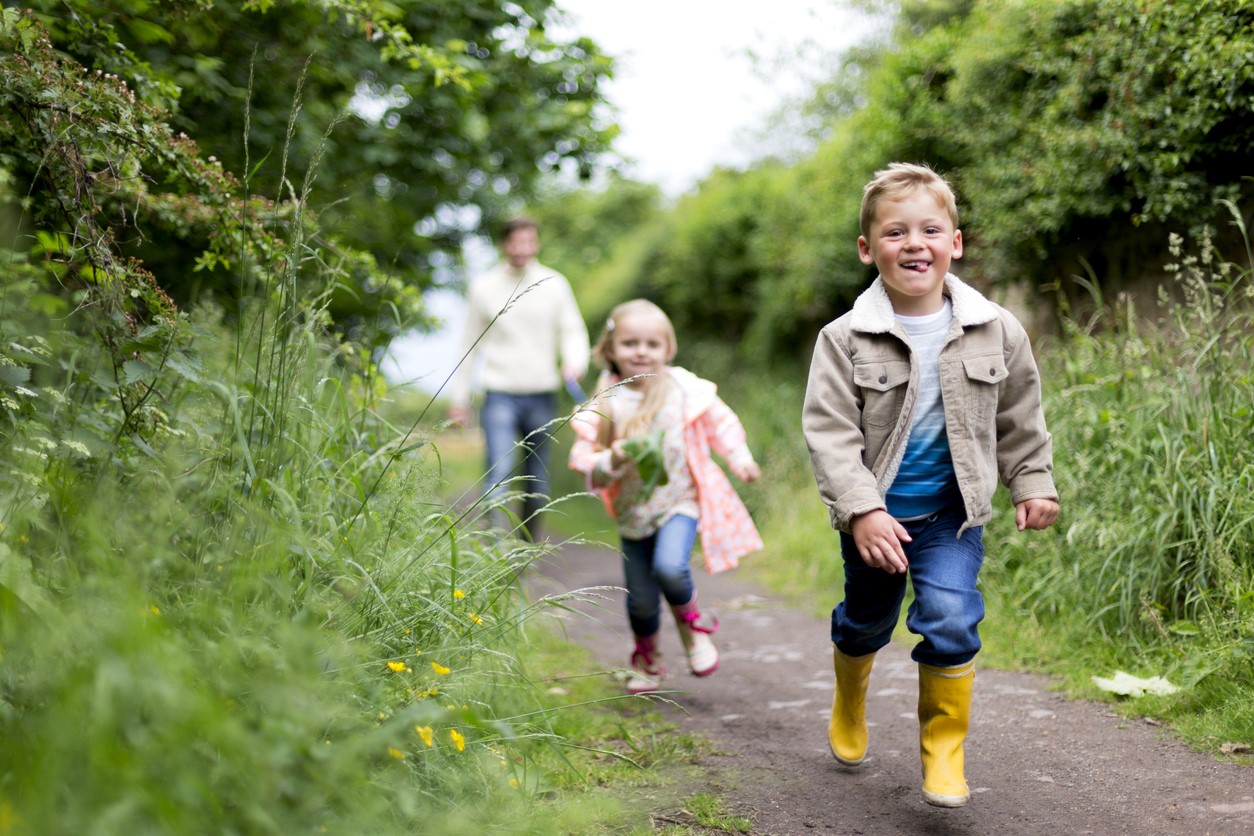Over 15,000 litres of water is needed to grow the cotton for a single pair of jeans. Scientists, for the first time, have discovered microplastics from pollution in the lungs of living people. And our oceans are running out of Oxygen. Our planet is struggling under our ever-increasing, over-the-top, and unnecessary demands. We have to ease the burden, even if it means one reusable cup at a time. Sustainable living isn’t a fad; we owe it to the planet. To live more sustainably means taking only what we need and leaving some for the survival of this beautiful blue marble.
How to eat more sustainably?
As we grow, pack, move, cook, and often waste, food production makes up about one-fifth to one-third of the annual global greenhouse gas emissions. Eating healthy is vital. However, in order to do that, we don’t need to go in search of quinoa from the Andes Mountains or Açai from the Amazon basin. The staggering demand for these crops fuelled by ‘superfoods’ consumption has led to soil degradation and unsustainable land use in these regions.
Eating foods grown and produced locally using sustainable practices is one of the best ways to support a low-impact food system that doesn’t contribute to the depletion of the world’s natural resources. Opt for organic and free-range products whenever you can, as demand for these products increases animal welfare and reduces depletion & contamination of soil and water.
Adding more fruits and vegetables to our diet and reducing meat and fish is not only beneficial to our health but also to the environment. Processed meats and red meats have high environmental costs. Always look for fish that comes from local, sustainable sourcing, and choose seasonal varieties. Switching out just 10% of these can cut a person’s food-based environmental footprint by over 30%. There is so much food that we buy but never eat. If we can only buy what we will actually eat and reduce food waste in cooking and eating, it will help us eat sustainably.
How to shop more sustainably?
We are so used to picking up products on our grocery rounds and shopping sprees without so much as a moment’s hesitation at the real cost of these items to the planet. We barely think about how they are made, by whom, and where. And, we certainly do not think about where they end up once we toss them in the bin.
Shopping sustainably involves considering the environmental impact and the social impact of what we buy. Fast fashion means we get to buy heaps of clothes just because they are cheap, some of which we never wear. And, once new collections arrive or our closets are full, we throw them out to buy more. One billion new clothing items are produced every year, and every second, a garbage truck’s worth of textiles end up in landfills or burned.
Mending our clothes and resizing them to fit instead of buying more or discarding them should never go out of fashion. And when you decide to slim down your closet, give to a charity shop, homeless shelter, or shwop.
The amount of stuff we buy should not exceed our needs. These should also be products we can reuse and recycle. Living a sustainable lifestyle means choosing high-quality, eco-friendly, and energy-efficient products. Less plastic and more durable, bio-degradable & natural products, less packaging, and boycotting products that endanger wildlife & biodiversity should be on our shopping lists.
How to travel more sustainably?
When Greta Thunberg set sail for New York on a zero-carbon yacht, she was sparing the atmosphere of 1,000kg of carbon pollution. Why fly when we can drive there or even sail there? Burning fossil fuel releases CO2 and other greenhouse gases into the atmosphere. These trap heat in the atmosphere, contributing to global warming and climate change. Using electric vehicles and pedal-powered modes of transport like bicycles replaces these non-renewable fuels with renewable energy sources. Taking public transport whenever possible cuts down carbon emissions from your car.
Live conscientiously on a daily basis?
Our carbon footprint should not be a great big tread. We can do so much from the smallest of efforts like saving wrapping paper to reuse to the biggest efforts like installing solar panels for renewable energy at home.
Cut off single-use plastics from your life. Use glass, metal, or wooden bottles to refill water instead of buying plastic water bottles. Out tap water is completely safe and pre-purified. Carry a reusable coffee cup and straw with you. These should be bag essentials for sustainable living. Paper and bamboo straws are great too, but a reusable glass or metal straw reduces waste. And most coffee shops with an impactful sustainable policy will accept your personal reusable cup to pour your coffee into.
Make it a habit to take your own reusable bag to the supermarket. Buy vintage furniture and second-hand homeware. Retrofit your home with energy-saving appliances and fittings. And grow swathes of single-species flowers local to the area to help the honeybees.
Doing our part to save the planet that gives us so much is a responsibility. From unplugging appliances to choosing to mend torn clothes, sustainable living is not beyond us if we are willing to try. GS Brown Construction utilises sustainable building practices and energy-efficiency across all developments.




